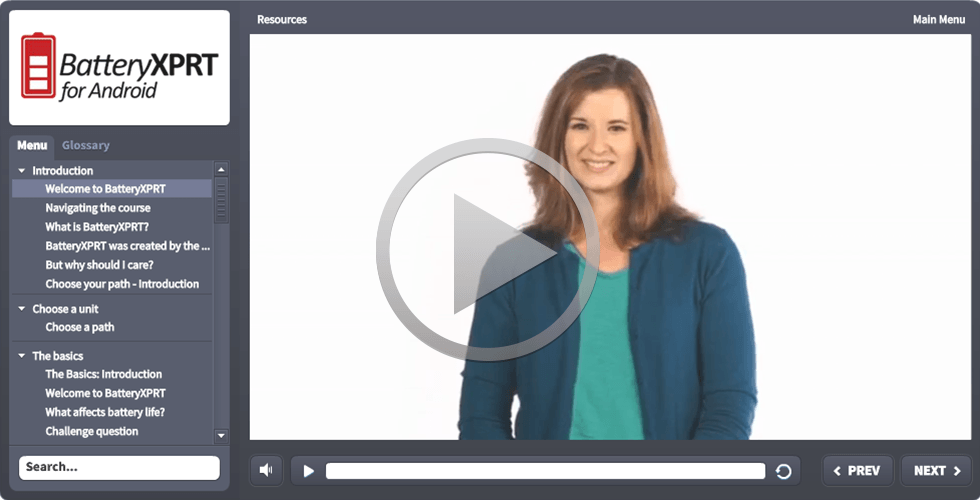This week’s XPRT Weekly Tech Spotlight featured the Alcatel A30 Android phone. We chose the A30, an Amazon exclusive, because it’s a budget phone running Android 7.0 (Nougat) right out of the box. That may be an appealing combination for consumers, but running a newer OS on inexpensive hardware such as what’s found in the A30 can cause issues for app developers, and the XPRTs are no exception.
Spotlight fans may have noticed that we didn’t post a MobileXPRT 2015 or BatteryXPRT 2014 score for the A30. In both cases, the benchmark did not produce an overall score because of a problem that occurs during the Create Slideshow workload. The issue deals with text relocation and significant changes in the Android development environment.
As of Android 5.0, on 64-bit devices, the OS doesn’t allow native code executables to perform text relocation. Instead, it is necessary to compile the executables using position-independent code (PIC) flags. This is how we compiled the current version of MobileXPRT, and it’s why we updated BatteryXPRT earlier this year to maintain compatibility with the most recent versions of Android.
However, the same approach doesn’t work for SoCs built with older 32-bit ARMv7-A architectures, such as the A30’s Qualcomm Snapdragon 210, so testers may encounter this issue on other devices with low-end hardware.
Testers who run into this problem can still use MobileXPRT 2015 to generate individual workload scores for the Apply Photo Effects, Create Photo Collages, Encrypt Personal Content, and Detect Faces workloads. Also, BatteryXPRT will produce an estimated battery life for the device, but since it won’t produce a performance score, we ask that testers use those numbers for informational purposes and not publication.
If you have any questions or have encountered additional issues, please let us know!
Justin














